Britain’s countryside is a patchwork of diverse and stunning landscapes, each with its own unique charm and character. From the rolling hills of the Cotswolds to the rugged coastlines of Cornwall, our isles are home to an incredible array of natural wonders. These landscapes have been shaped by millennia of geological processes and human interaction, resulting in a rich tapestry of environments. Whether you’re a seasoned rambler or simply enjoy a Sunday stroll, there’s always something new to discover in the British countryside. I am incredibly lucky to live in a rural part of the country, and I’m surrounded by lots of the landscapes and terrains on this list. Two of my favorite local dog walks are a warren and a heathland. Both beautiful, peaceful, and fantastic for walking.
Chalk Downs
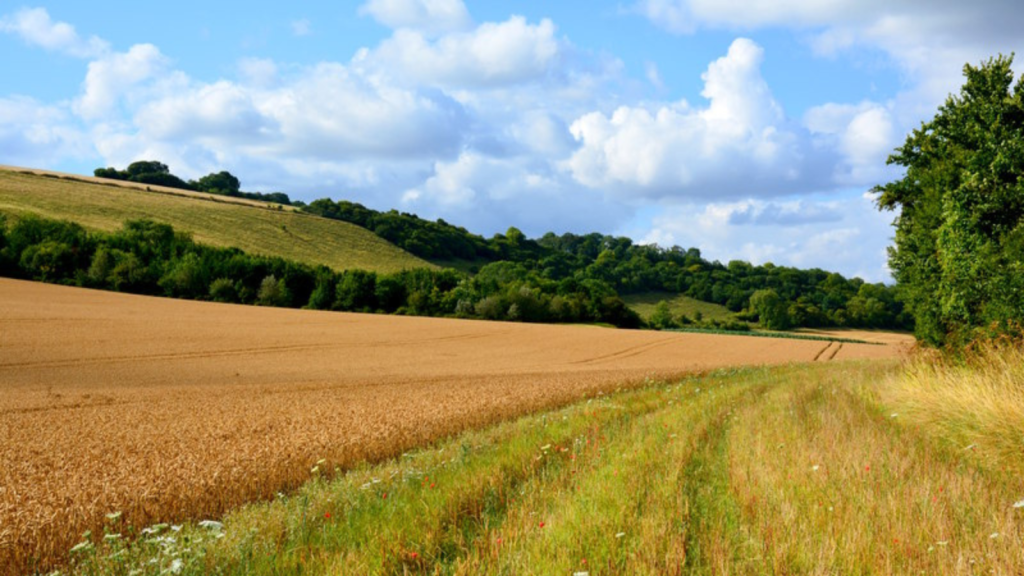
The chalk downs of southern England are characterised by gently rolling hills and dry valleys. These landscapes were formed millions of years ago when the area was covered by a warm, shallow sea. The chalk is made up of the remains of tiny sea creatures, and today supports a unique ecosystem of wildflowers and butterflies. The porous nature of chalk creates a dry landscape, resulting in the characteristic short, springy turf that’s perfect for sheep grazing.
Fenlands
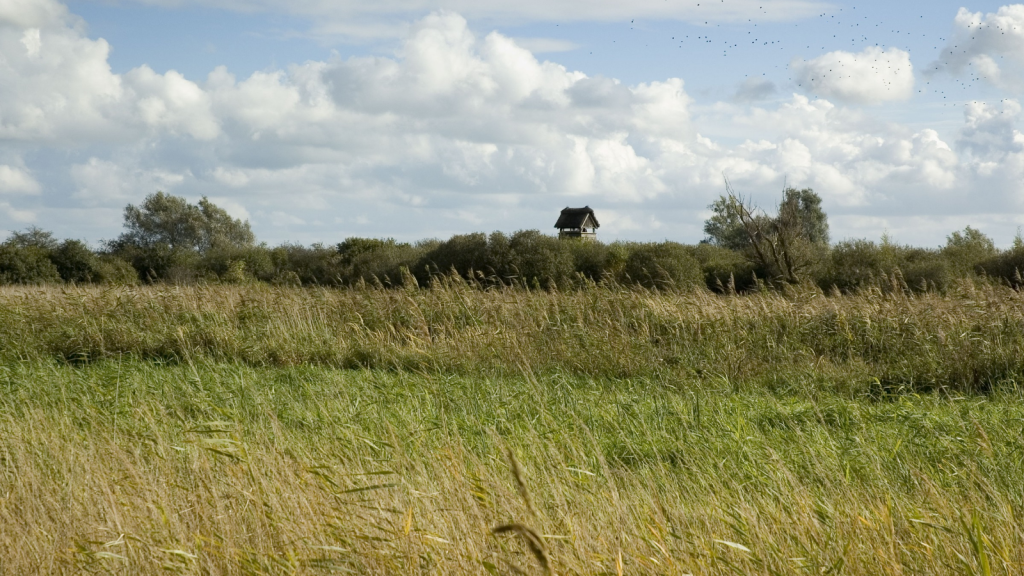
The Fenlands, also known as The Fens, are low-lying areas in eastern England that were once marshland. Much of this area has been drained for agriculture, creating a flat landscape crisscrossed with drainage channels. The remaining wetlands are havens for wildlife, particularly birds. The rich, peaty soil of the Fens makes it some of the most productive farmland in Britain, often referred to as the country’s ‘breadbasket’.
Moorland
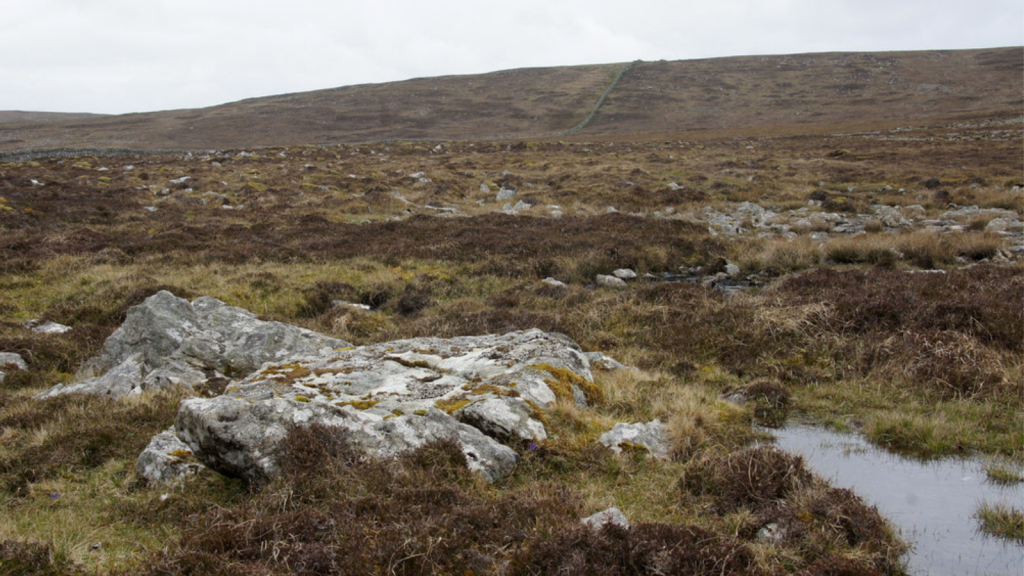
Moorlands are upland areas covered in low-growing vegetation like heather and gorse. These often misty, atmospheric landscapes are found across Britain, from Dartmoor in the southwest to the North York Moors. Moorlands are important habitats for ground-nesting birds and are often grazed by sheep or wild ponies. The acidic, nutrient-poor soils of moorlands contribute to their distinctive flora, including carnivorous plants like sundews.
Machair
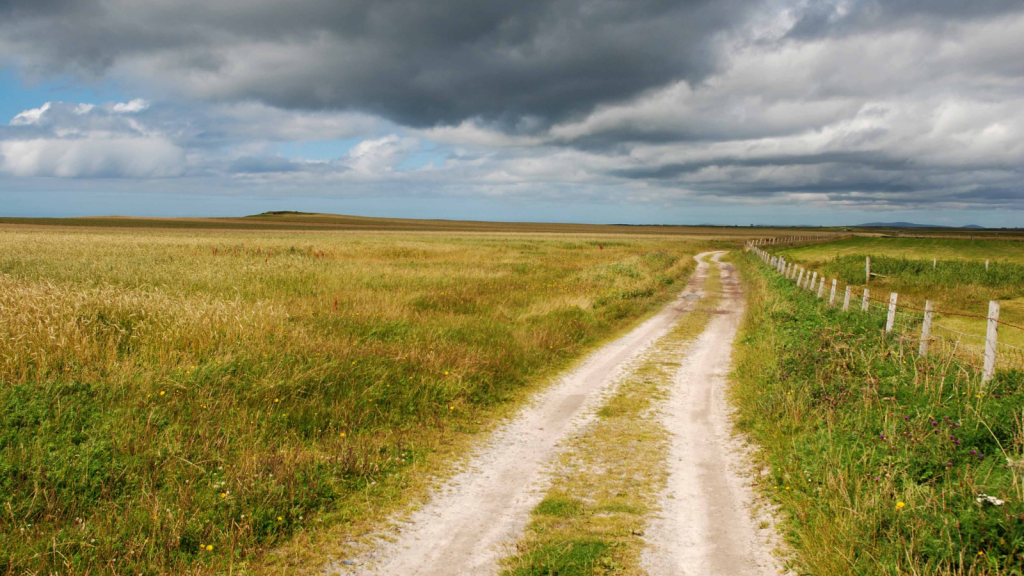
Machair is a rare type of coastal grassland found in the Hebrides and parts of mainland Scotland. It’s characterised by sandy soils rich in shell fragments, which support a diverse array of wildflowers. Machair landscapes are important for corncrakes and other rare birds. This unique habitat is created by a combination of wind-blown sand, low-intensity agriculture, and a cool, wet climate.
Limestone Pavement
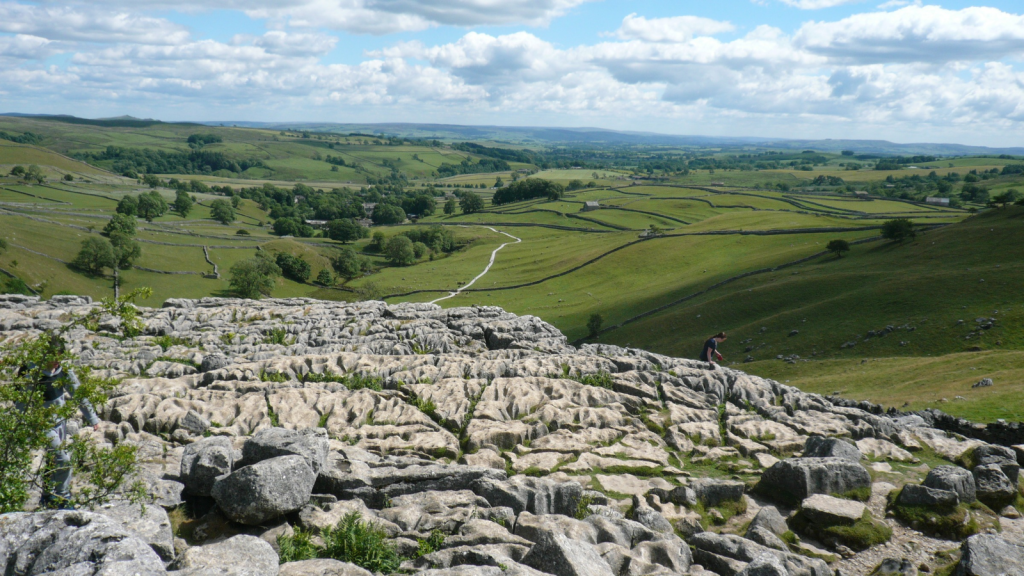
Limestone pavements are unusual landscapes formed by glacial erosion of limestone rock. They consist of flat stone surfaces split by deep cracks called grykes. These landscapes are most famously found in the Yorkshire Dales and provide habitats for rare ferns and wildflowers. The grykes create microclimates that can support plants typically found much further north or at higher altitudes.
Salt Marsh
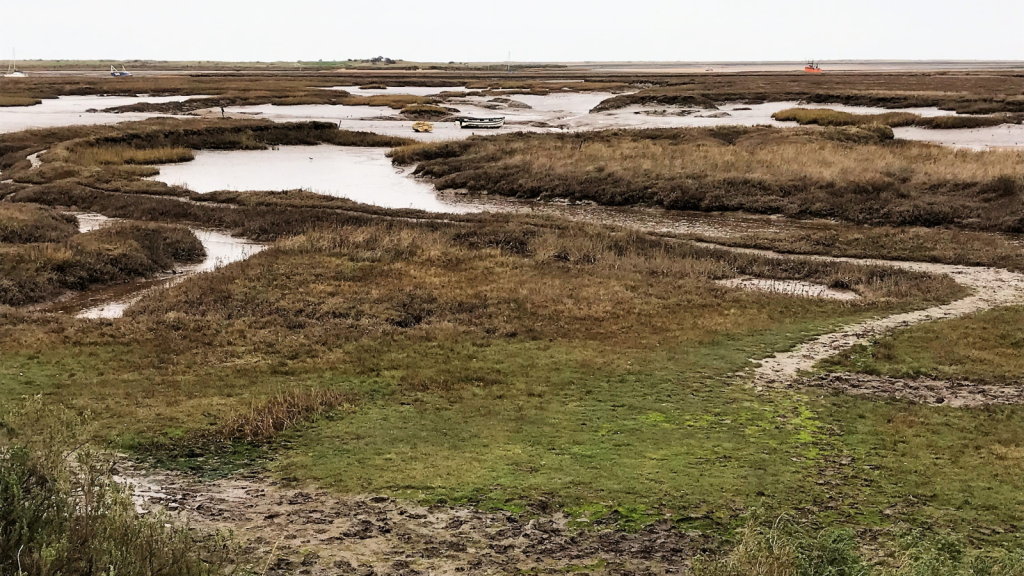
Salt marshes are coastal wetlands that are flooded and drained by tides. They’re found along much of Britain’s coastline, particularly in estuaries. These muddy, grassy areas are crucial for many wading birds and also help protect the coast from erosion. Salt marshes act as natural carbon sinks, storing significant amounts of ‘blue carbon’ in their sediments.
Upland Oak Woodland
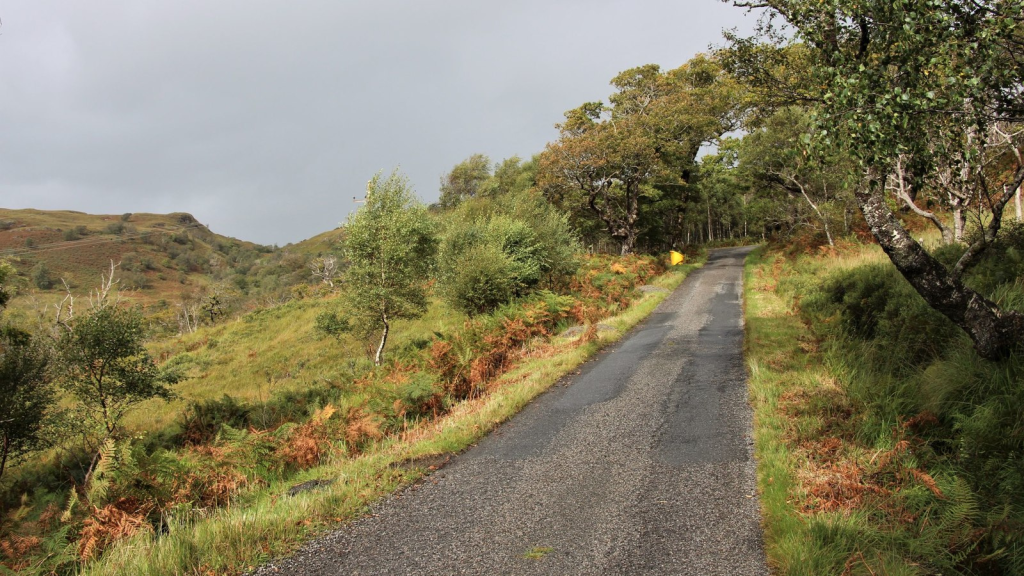
Upland oak woodlands are found in the cooler, wetter parts of Britain, particularly in Wales and Scotland. These ancient woodlands are home to a wealth of wildlife, including rare mosses and lichens. The gnarled oak trees, often covered in moss, create a magical, otherworldly atmosphere. These woodlands are remnants of the wildwood that once covered much of Britain and are important for conservation.
Blanket Bog
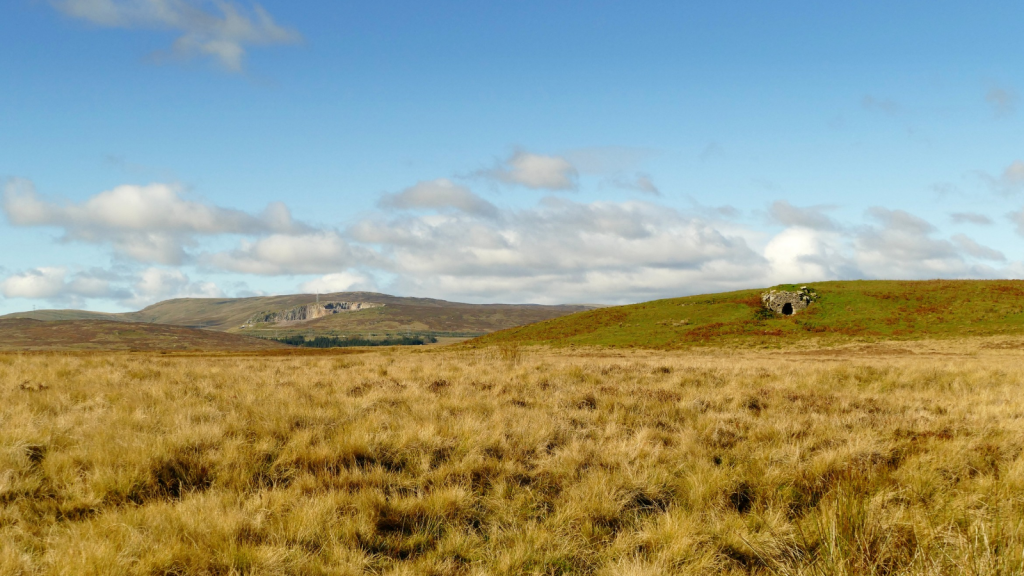
Blanket bogs are areas of deep peat that cover entire landscapes like a blanket. They’re found in the uplands of northern and western Britain where rainfall is high. These waterlogged landscapes are important carbon stores and support unique plants like sundews and cottongrass. Blanket bogs play a crucial role in water management, acting like giant sponges to reduce flooding in lower-lying areas.
Dunes
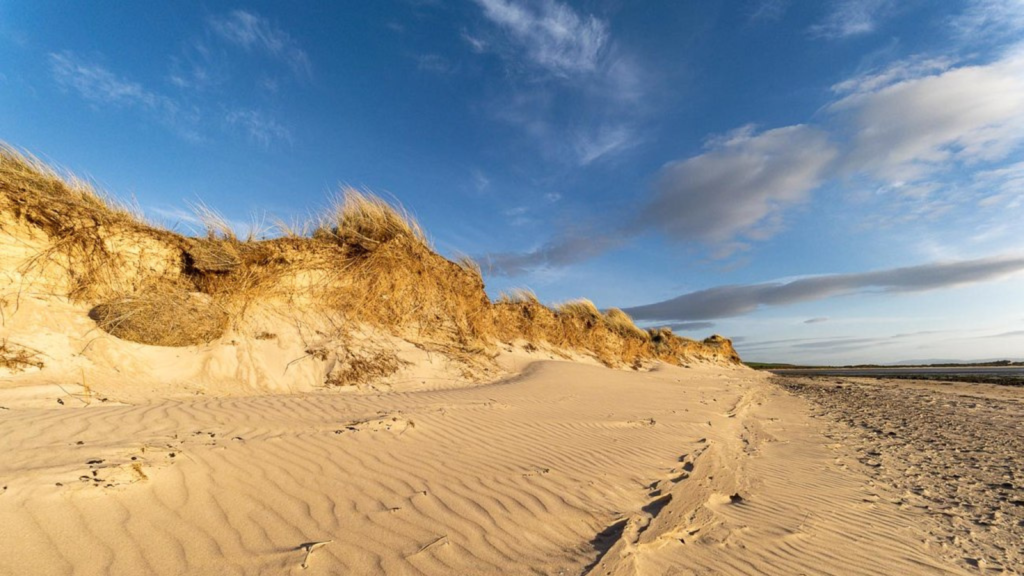
Coastal sand dunes are dynamic landscapes formed by wind-blown sand. They’re found along many of Britain’s coastlines, particularly in Wales and Scotland. Dune systems support a variety of specialist plants and animals adapted to the harsh, sandy conditions. These landscapes are constantly changing, with some dune systems moving inland at rates of up to 10 metres per year.
Hedgerows
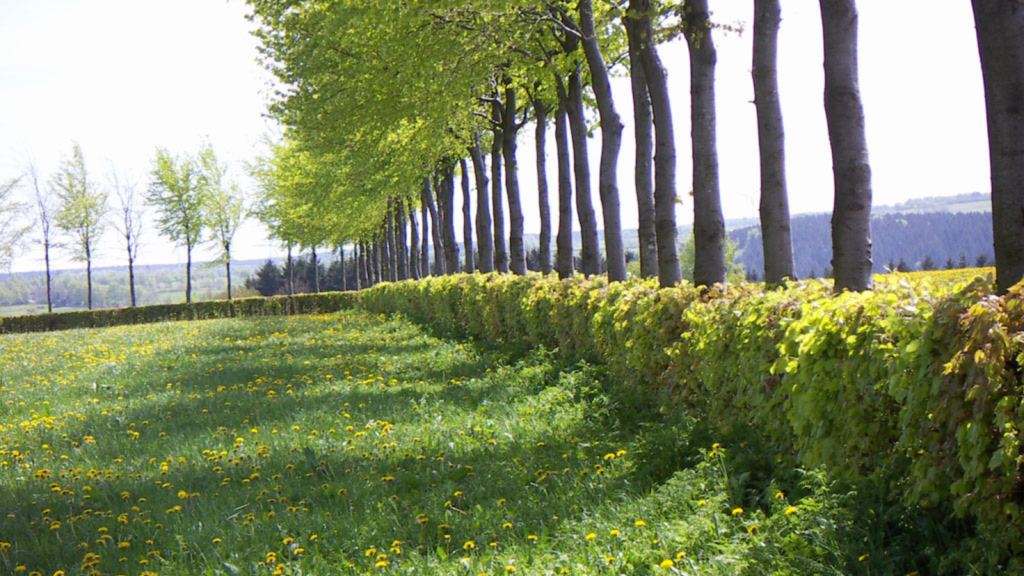
While not a landscape in themselves, hedgerows are a quintessential feature of the British countryside. These lines of shrubs and trees divide fields and provide vital corridors for wildlife. Many hedgerows are centuries old and harbour a rich diversity of plant and animal life. It’s estimated that hedgerows support up to 80% of our woodland birds, 50% of our mammals, and 30% of our butterflies.
Heathland
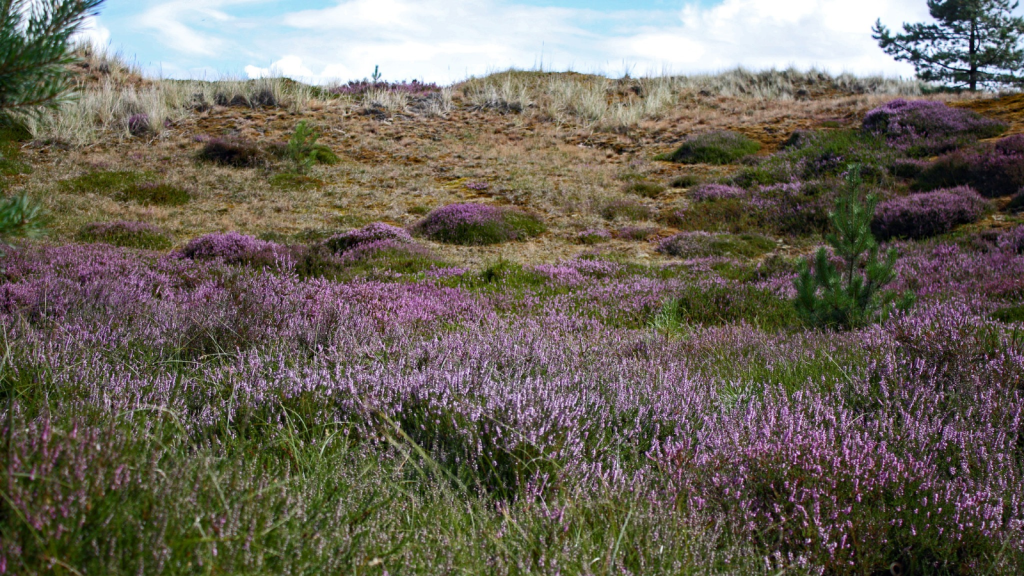
Heathlands are open landscapes dominated by low-growing shrubs like heather and gorse. They’re found on poor, acidic soils across Britain, from the Lizard Peninsula in Cornwall to the Scottish Highlands. These purple-hued landscapes are particularly important for rare reptiles and birds. Heathlands require active management to prevent them from turning into woodland, often through grazing or controlled burning.
Coppiced Woodland
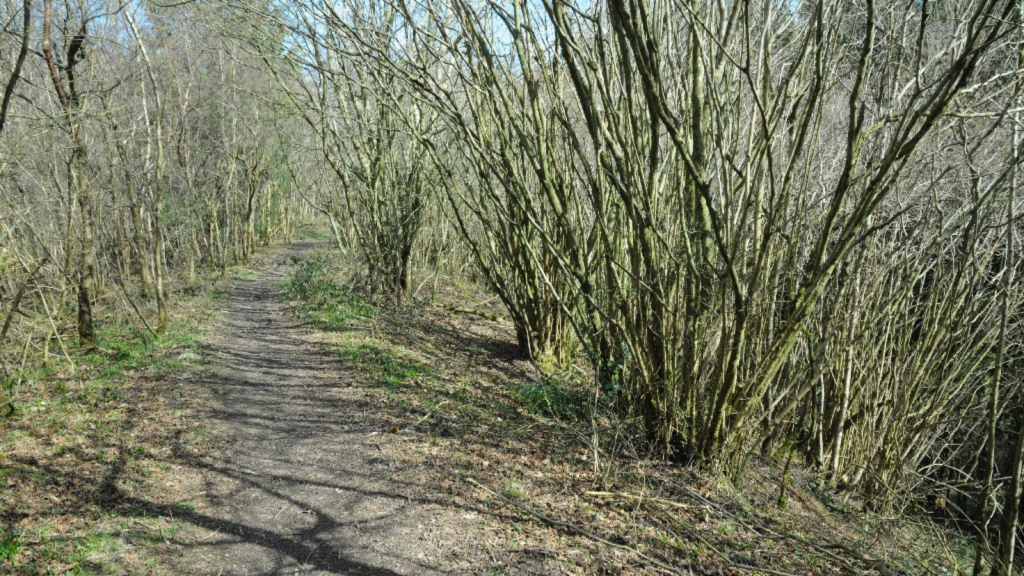
Coppiced woodlands are actively managed landscapes where trees are cut back to ground level periodically to encourage new growth. This traditional practice creates a diverse woodland structure that benefits many species, including dormice and nightingales. Coppicing has been practiced in Britain for thousands of years and played a crucial role in the rural economy, providing wood for fuel, building, and crafts.
Glacial Valleys
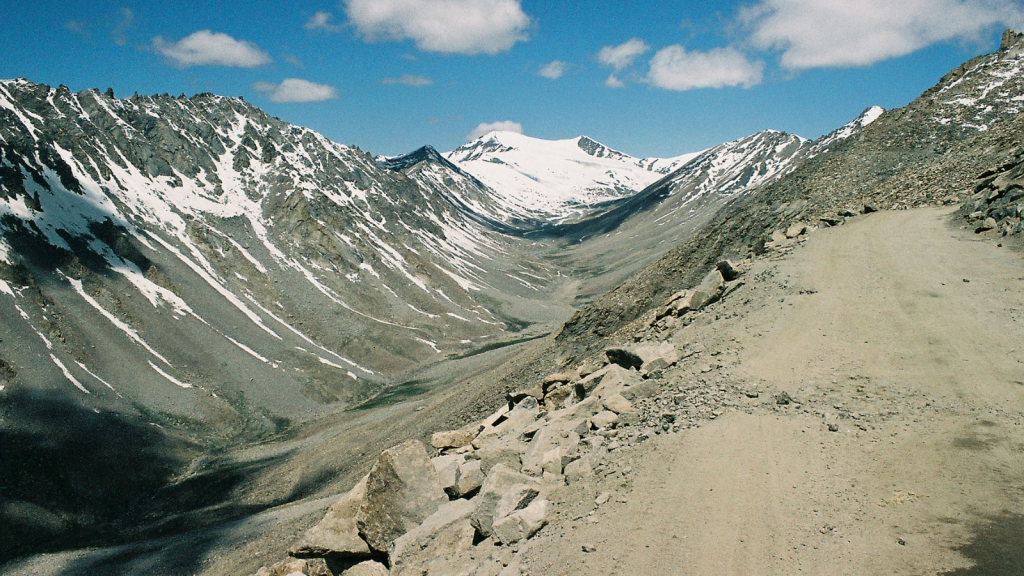
Glacial valleys, such as those found in the Lake District, were carved out by ice during the last Ice Age. These U-shaped valleys often contain lakes or tarns and are surrounded by dramatic mountain scenery. They offer some of Britain’s most spectacular landscapes. The steep sides of glacial valleys create diverse habitats, from scree slopes to hanging valleys, each supporting unique plant communities.
Estuaries
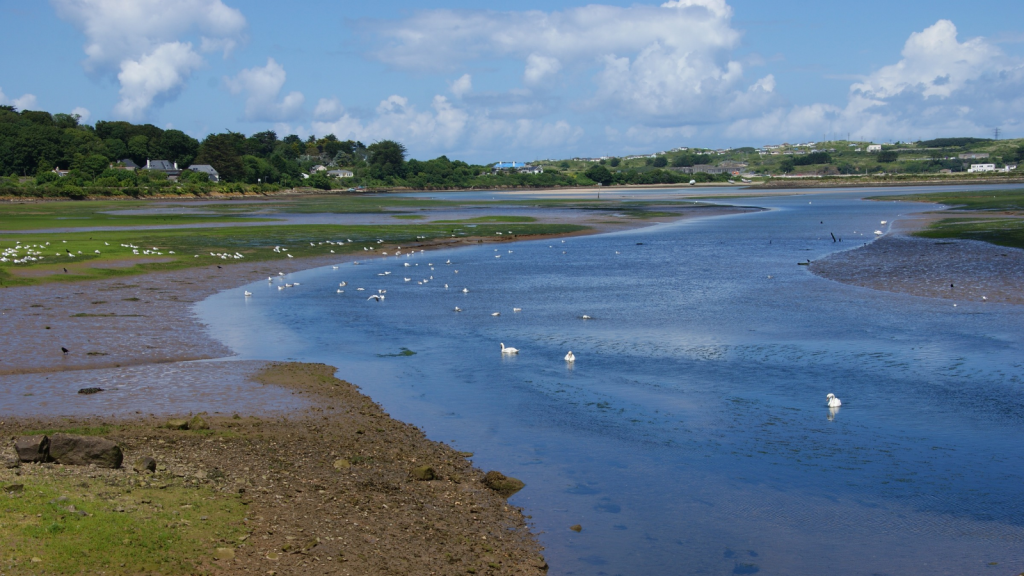
Estuaries, where rivers meet the sea, are dynamic landscapes that change with each tide. They’re found around Britain’s coast and are vital for many bird species. The mixture of fresh and salt water creates unique habitats like mudflats and salt marshes. Estuaries are also important nursery grounds for many fish species, supporting both commercial fisheries and marine biodiversity.
Karst Landscape
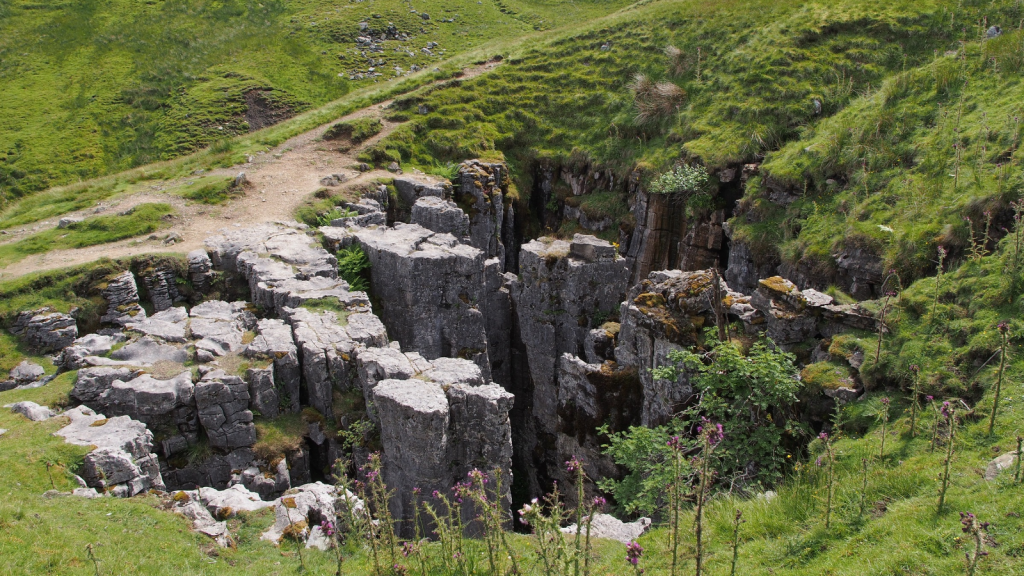
Karst landscapes are formed when water dissolves soluble rocks like limestone. They’re characterised by underground drainage systems, sinkholes, and caves. In Britain, the best examples are found in the Yorkshire Dales and the Peak District, where they create dramatic scenery and unique habitats. These landscapes are home to specialized cave-dwelling species and can provide important insights into past climates through the study of cave formations.
Warrens
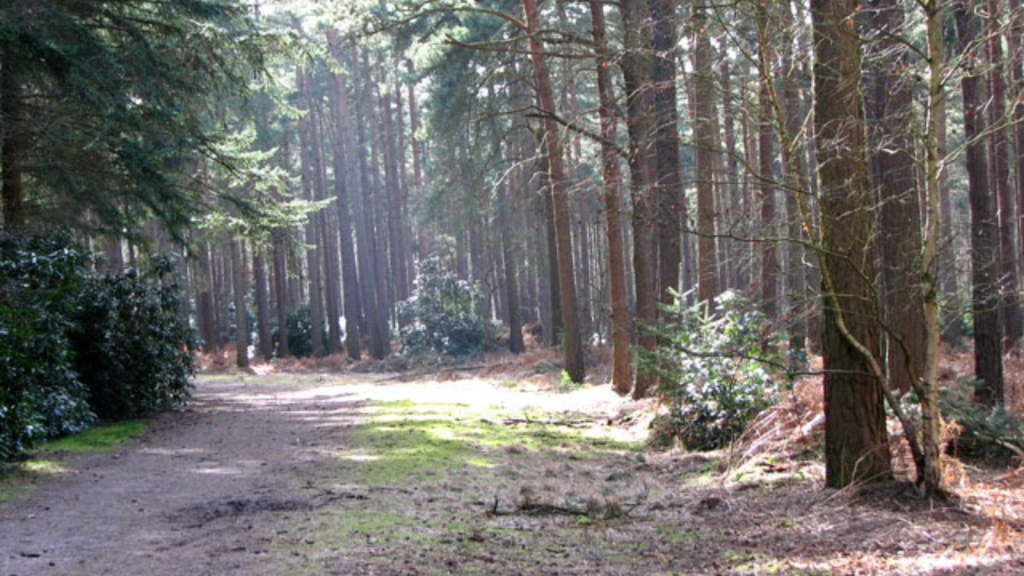
Warrens are networks of underground tunnels and chambers created by rabbits. In Britain, these landscapes are often found in areas with well-drained soils, such as sandy heaths or chalk downland. Warrens have played a significant role in British history, with many artificially created for rabbit farming in medieval times. These rabbit-sculpted landscapes can significantly alter local plant communities and provide habitats for other wildlife, including burrowing birds like sand martins.
Mires
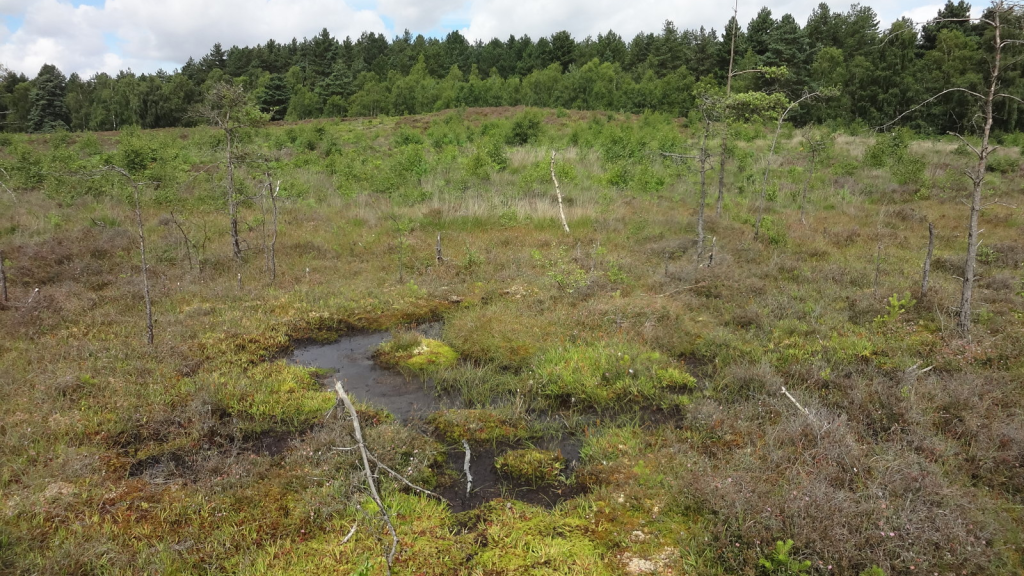
Mires are wetlands where peat is actively forming. They’re found in various parts of Britain, particularly in upland areas with high rainfall. Mires can be divided into two main types: fens (fed by groundwater) and bogs (fed by rainwater). These waterlogged landscapes support unique plant communities, including sphagnum mosses and insectivorous plants like sundews. Mires play a crucial role in carbon sequestration and water regulation.
Bogs
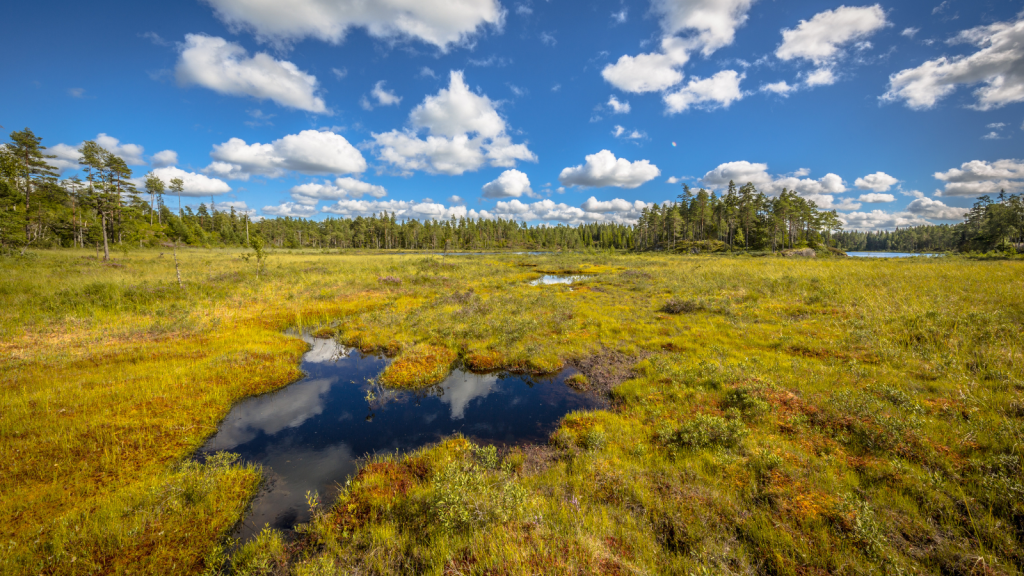
Bogs are a type of mire that receives water primarily from rainfall rather than groundwater. They’re characterized by acidic, nutrient-poor conditions and deep layers of peat. In Britain, bogs are most common in the north and west, where rainfall is highest. These landscapes support specialized plants like cotton grass and cranberry, and provide important habitats for birds and insects. Bogs are also valuable archives of past climates and vegetation, preserved in layers of peat.



